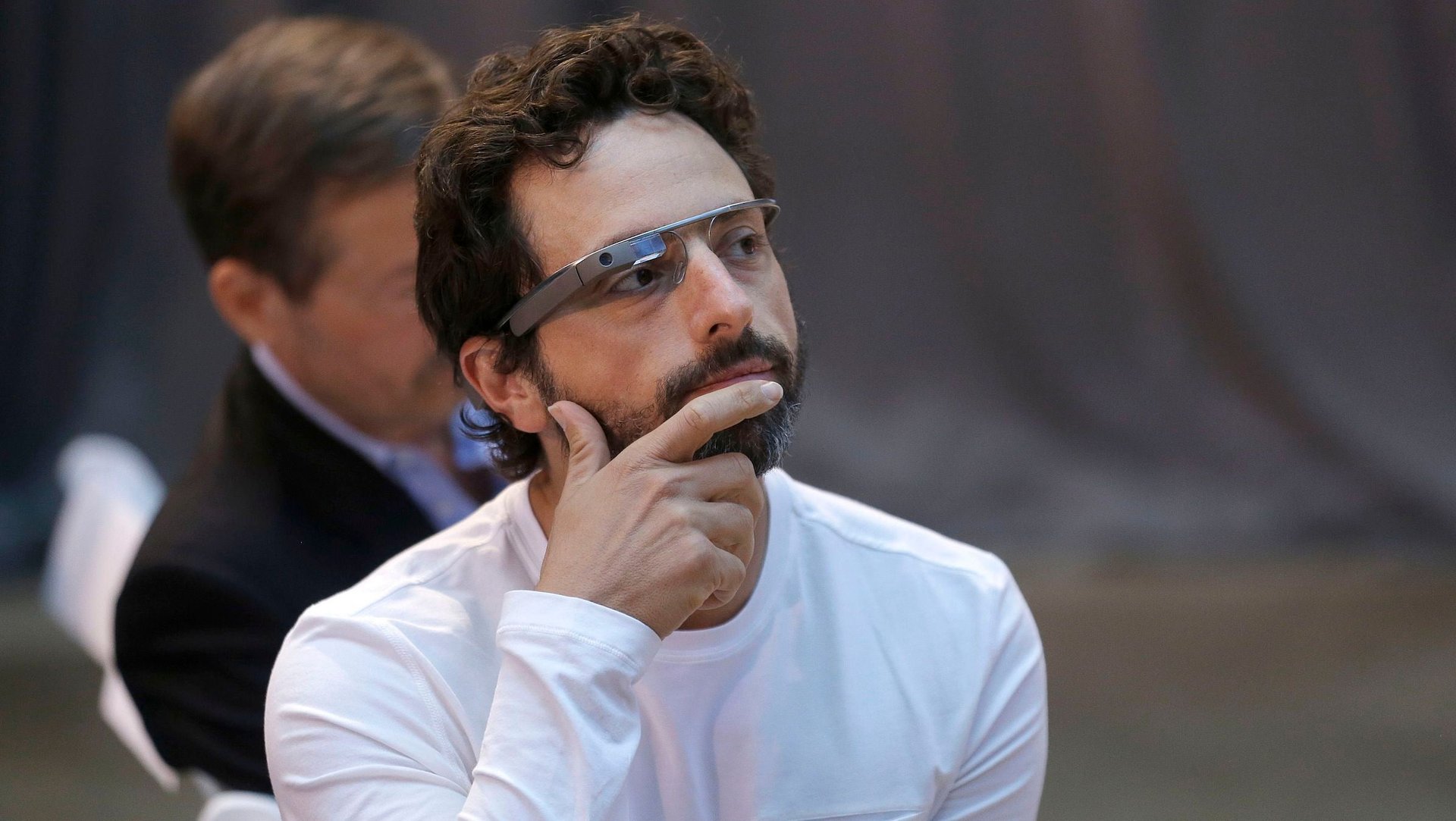What the driver ticketed for wearing Google Glass (and you) should know about the science of distraction
Recently, a California woman was ticketed for driving while wearing Google Glass eyewear. The driver, Cecilia Abadie, a technologist and avowed fan of the device, posted a copy of the police report to her Google+ account. She was cited for speeding and distracted driving, specifically: ”Driving w/monitor visible to driver (Google Glass).”


Recently, a California woman was ticketed for driving while wearing Google Glass eyewear. The driver, Cecilia Abadie, a technologist and avowed fan of the device, posted a copy of the police report to her Google+ account. She was cited for speeding and distracted driving, specifically: ”Driving w/monitor visible to driver (Google Glass).”
California law makes it illegal to drive a vehicle while a screen is operating and visible to the driver, unless it’s specifically to help with driving (a GPS, for instance). Google Glass’ specifications describe its HD display as being “the equivalent of a 25-inch high definition screen from eight feet away.”
Nonetheless, Abadie evinced surprise, and placed an open call for legal advice online, questioning whether driving while wearing Google Glass could be illegal in California or anywhere in the US.
Legally, the matter hinges on whether Abadie’s Glass was “operating” and what it was showing. All heads-up displays (HUDs) aren’t as potentially dangerous as Google Glass; Some actually promote safety, and HUDs may be the future of automotive technology. But Abadie’s case is a handy example of why some technologies and activities pose risks on the road and others do not. It comes down to whether or not they help or hinder something called “situational awareness.”
Driver distractions fall into three categories: visual, manual, and cognitive.
- Visual is looking away from the road to check a text, rubberneck at an accident, or fiddle with your GPS.
- Manual is taking your hands off of the wheel to adjust your hair, swat at a child in the backseat, or open a snack tin.
- Cognitive is worrying about work, talking on a hands-free phone, or daydreaming about dinner.
The more kinds of distraction we allow and the longer they last, the more we are in danger of an accident. But isn’t talking to someone in the passenger seat just as distracting as taking a call?
The answer is no, because the passenger is paying attention to the same immediate surroundings as the driver. The passenger compensates for the mental distraction of conversation, by adding her situational awareness to the driver’s—”Hey, look out for that cone!” That way, the driver’s attention doesn’t wander off into another time or place.
Our minds are easily distracted. Just expecting or imagining sights can activate visual brain centers as much as actually looking at something. Reading about cinnamon activates the brain’s olfactory centers. Our brains shows a profound capacity for imagining and being fully occupied with virtual objects, people, and places.
This is why using a cellphone—even hands-free—while driving is so dangerous. The other party isn’t with you, and in thinking of them, you’re mentally removed from your immediate surroundings. Merely listening to a call impairs attention by 37%. So take the Google Glass off and pay attention to what you’re doing.